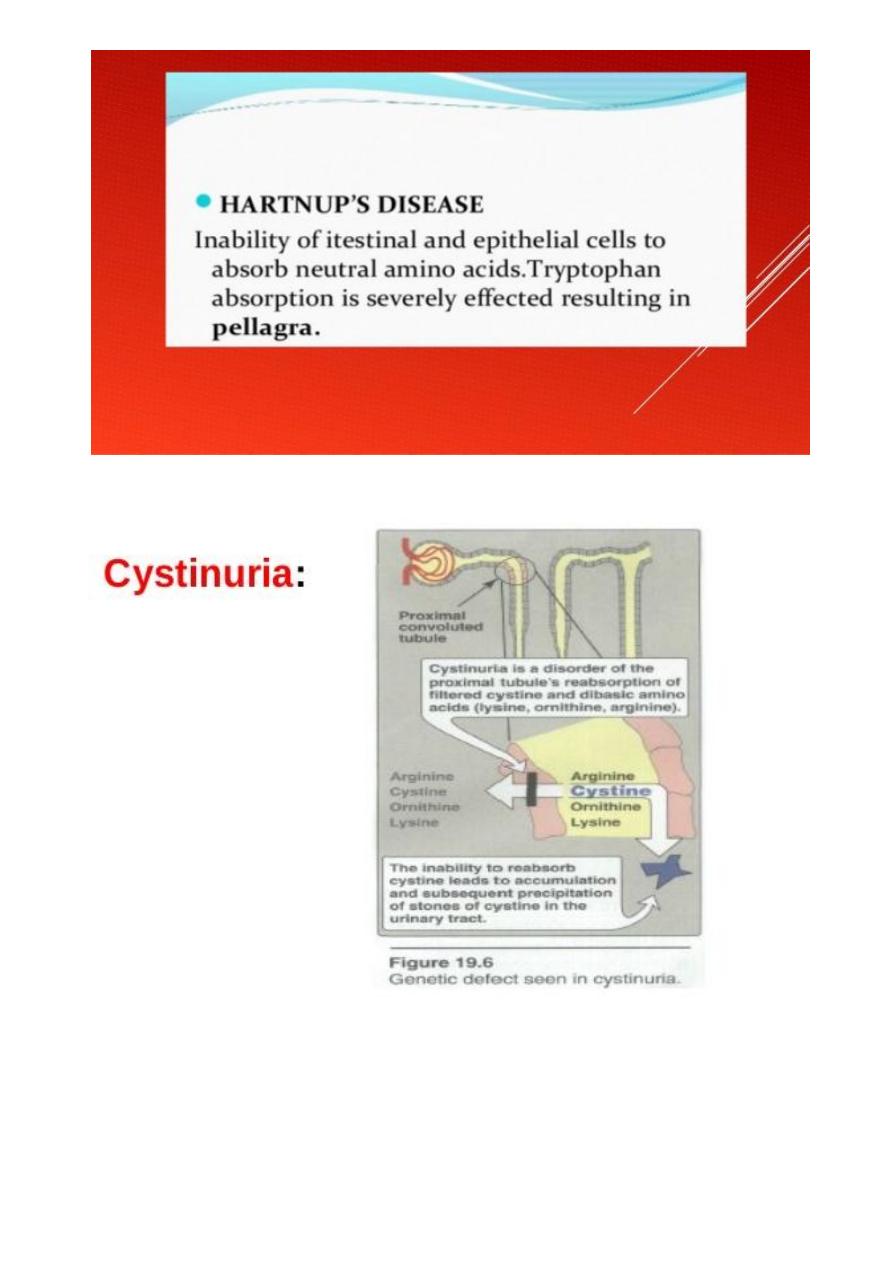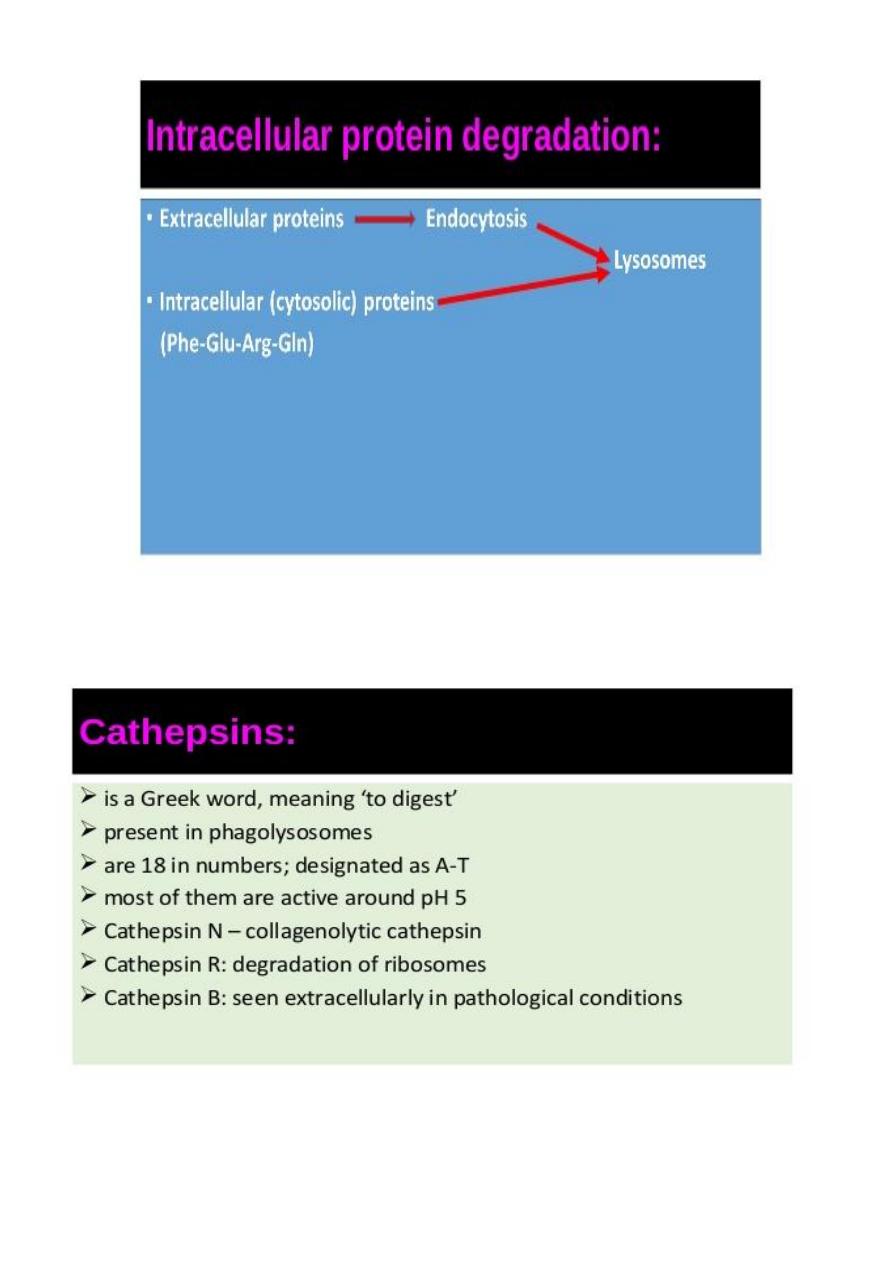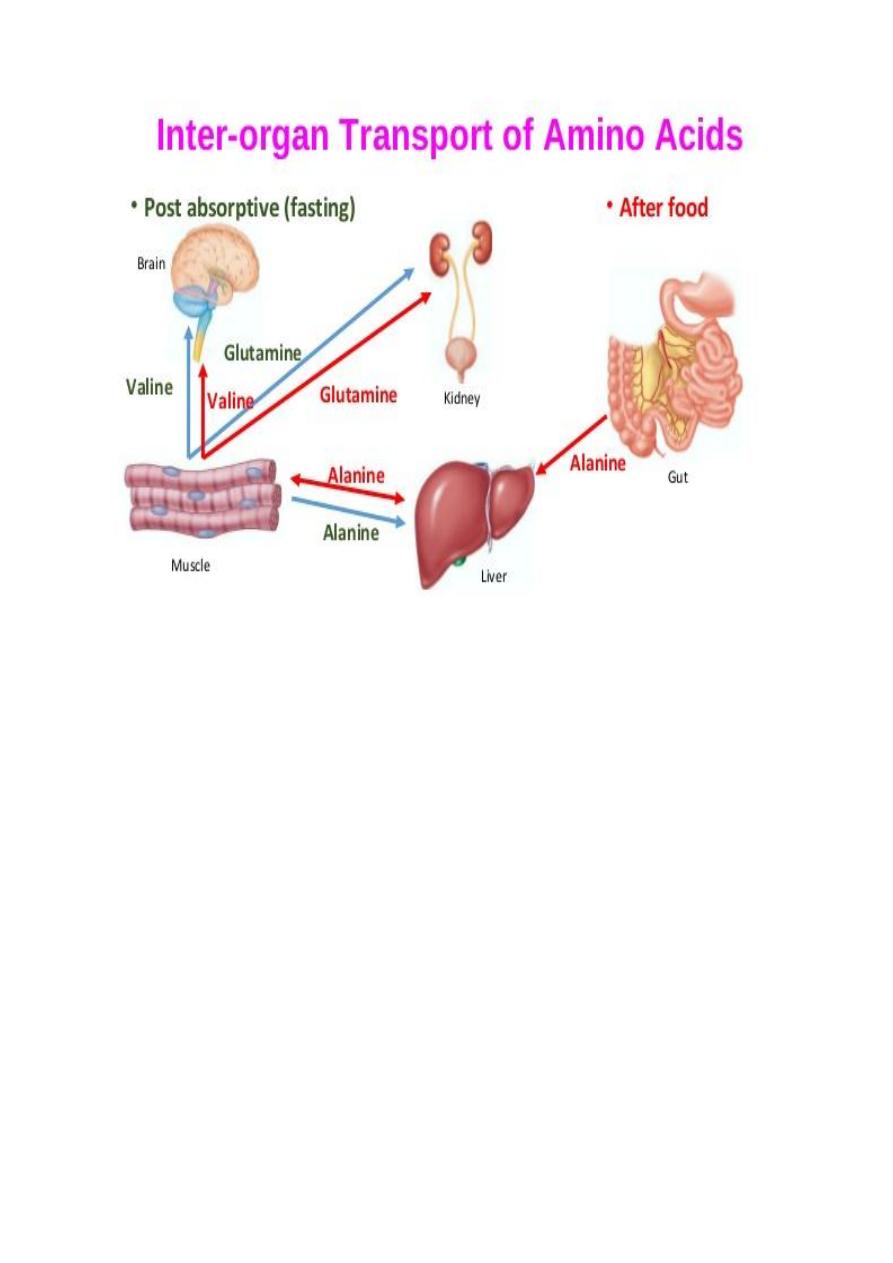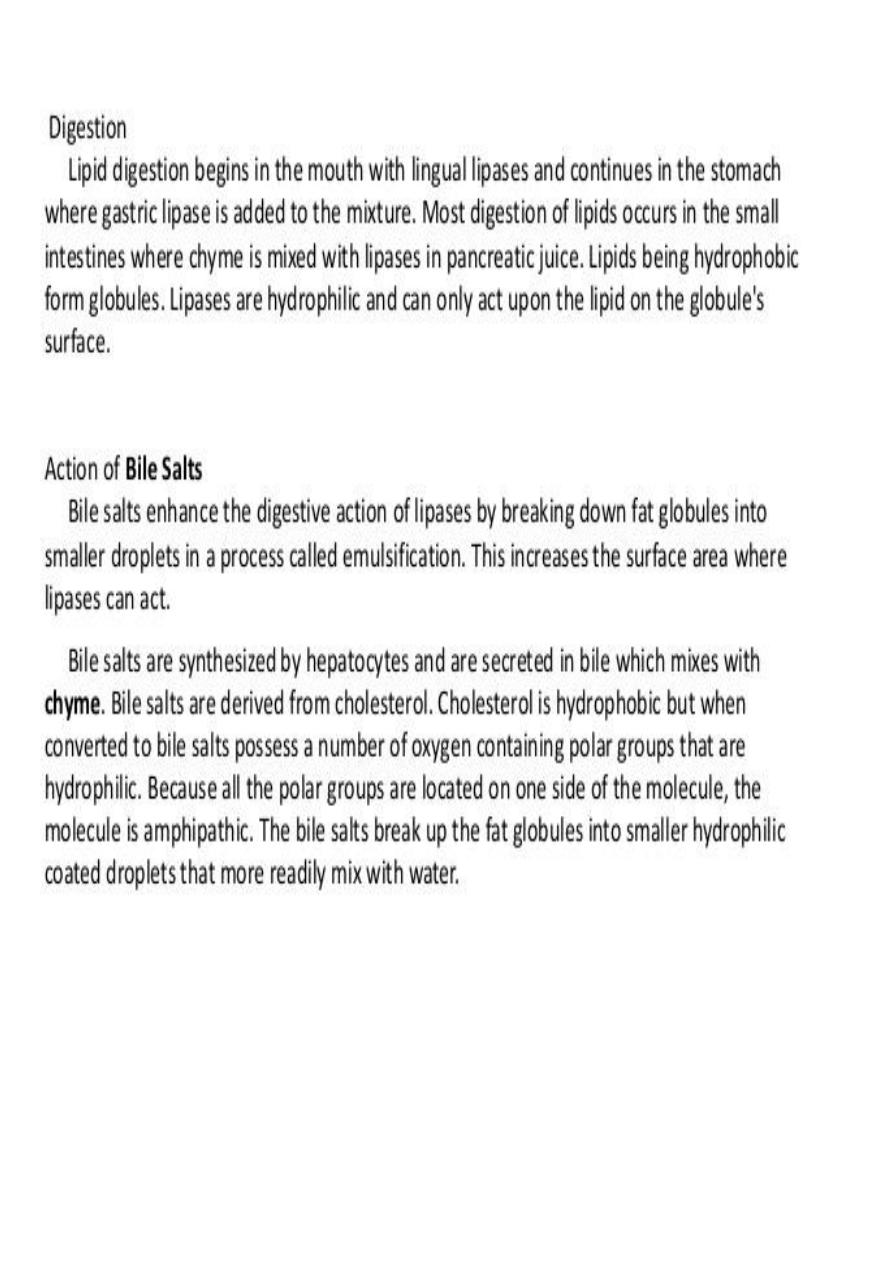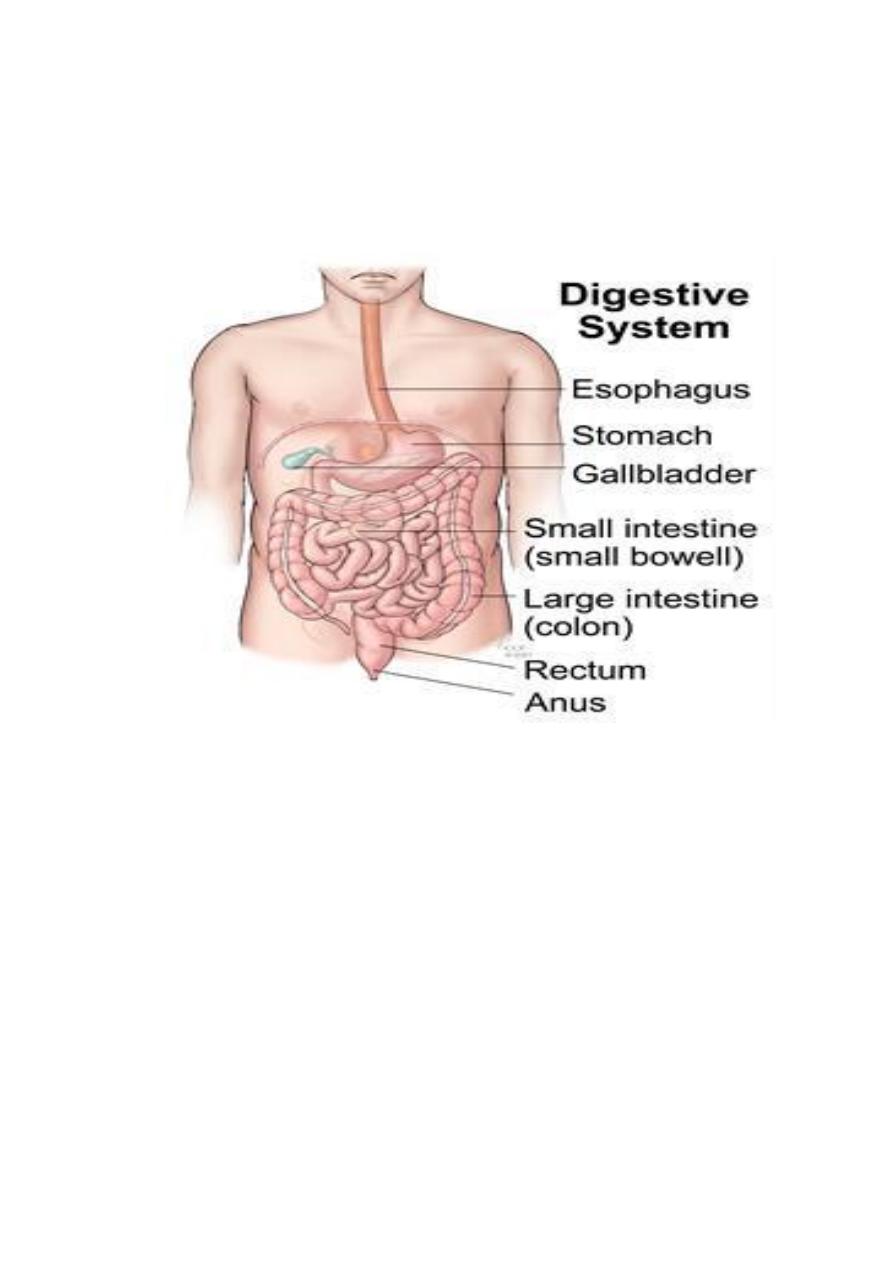
.
Digestion and absorption
Digestion is a form of catabolism that is often divided into two processes based on how food is broken
down: mechanical and chemical digestion. The term mechanical digestion refers to the physical
breakdown of large pieces of food into smaller pieces which can subsequently be accessed by digestive
enzymes. In chemical digestion, enzymes break down food into the small molecules the body can use
Mouth
The mouth is the beginning of the digestive tract; and, in fact, digestion starts here when taking the first
bite of food. Chewing breaks the food into pieces that are more easily digested, while saliva mixes with
food to begin the process of breaking it down into a form your body can absorb and us.
Esophagus
Located in your throat near your trachea (windpipe), the esophagus receives food from your mouth when
you swallow. By means of a series of muscular contractions called peristalsis, the esophagus delivers
food to your stomach.
Stomach
The stomach is a hollow organ, or "container," that holds food while it is being mixed with enzymes that
continue the process of breaking down food into a usable form. Cells in the lining of the stomach secrete
a strong acid and powerful enzymes that are responsible for the breakdown process. When the contents
of the stomach are sufficiently processed, they are released into the small intestine.
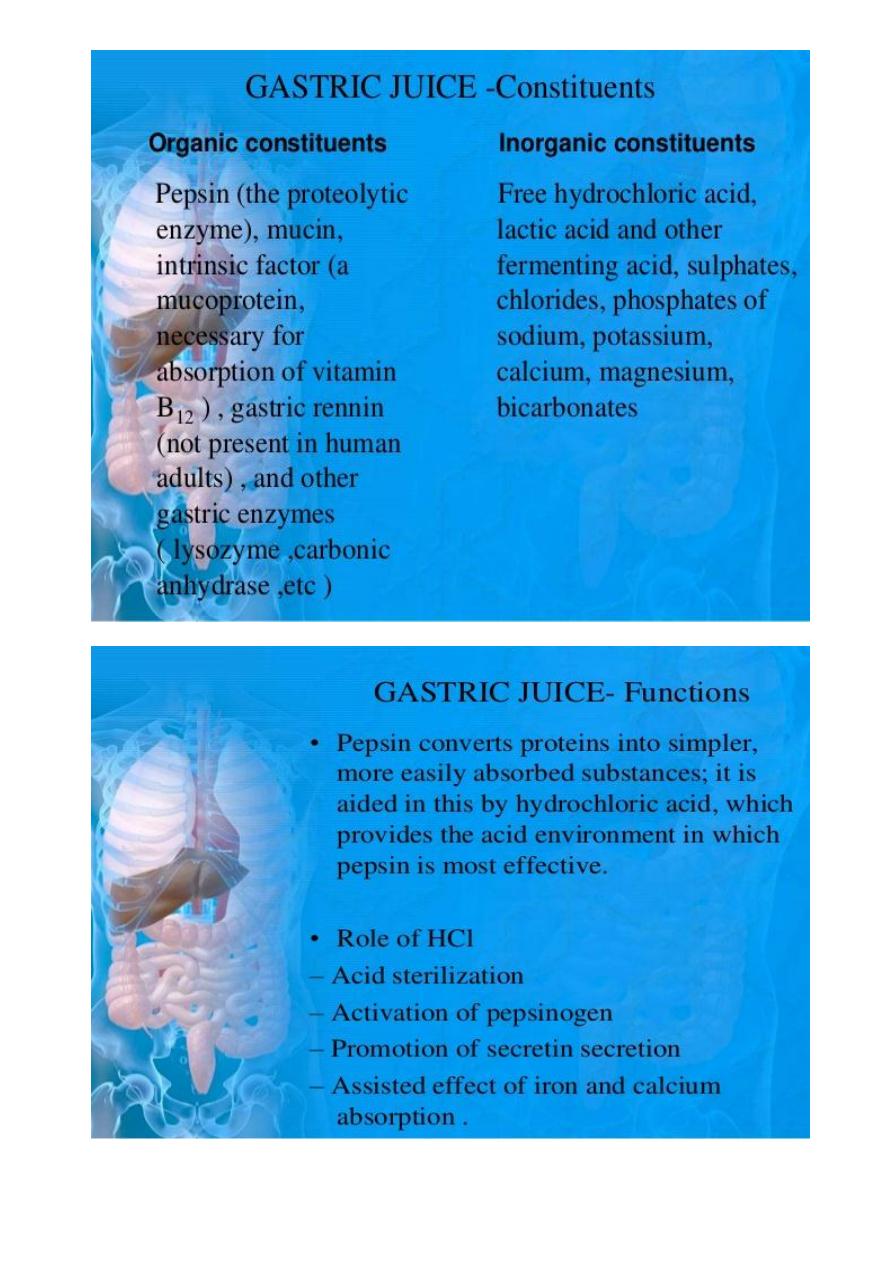
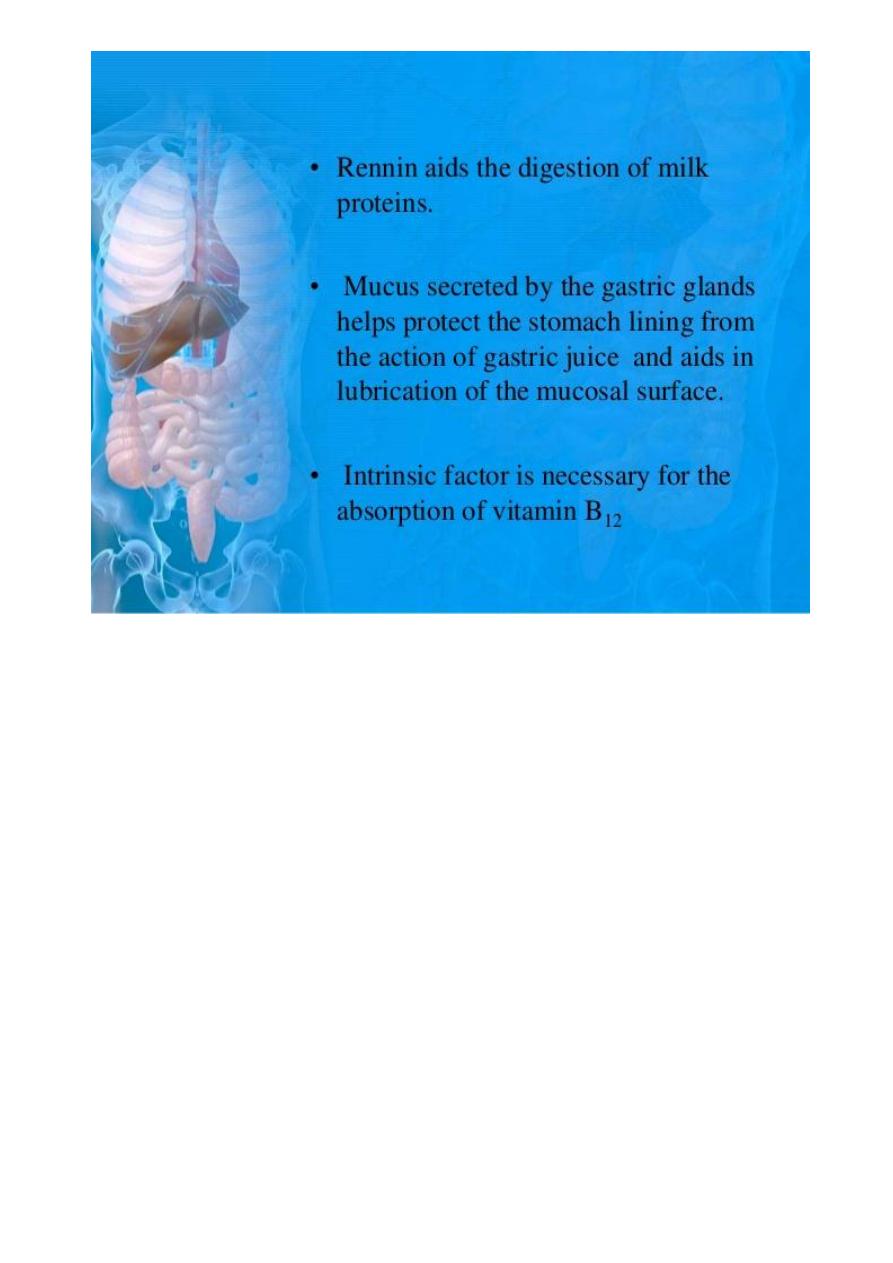
Small intestine
Made up of three segments the duodenum, jejunum, and ileum , the small intestine is a 22-foot long
muscular tube that breaks down food using enzymes released by the pancreas and bile from the liver.
Peristalsis also is at work in this organ, moving food through and mixing it with digestive secretions from
the pancreas and liver. The duodenum is largely responsible for the continuous breaking-down process,
with the jejunum and ileum mainly responsible for absorption of nutrients into the bloodstream.
Pancreas
The pancreas secretes digestive enzymes into the duodenum, the first segment of the small intestine.
These enzymes break down protein, fats, and carbohydrates. The pancreas also makes insulin, secreting it
directly into the bloodstream. Insulin is the chief hormone for metabolizing sugar.
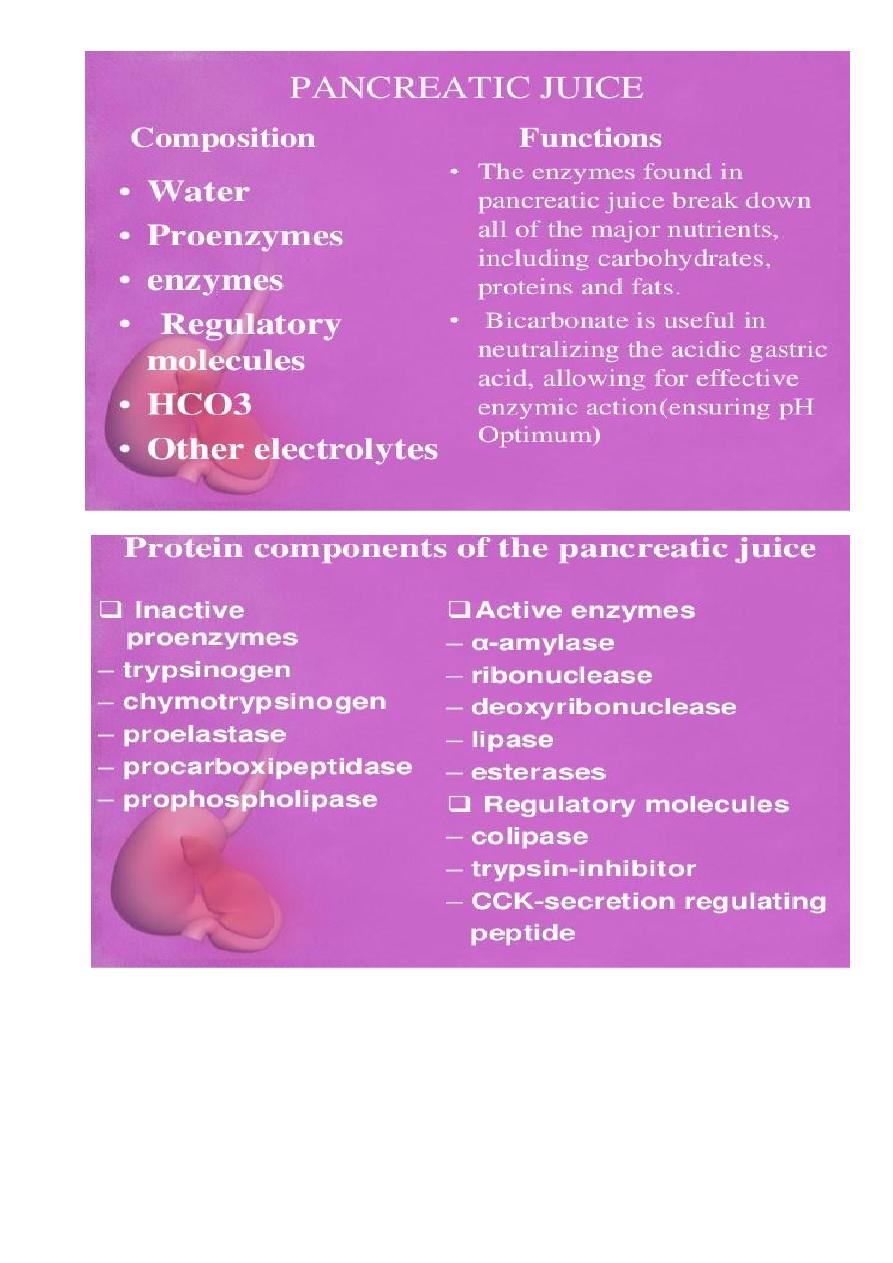
Liver
The liver has multiple functions, but its main function within the digestive system is to process the
nutrients absorbed from the small intestine. Bile from the liver secreted into the small intestine also plays
an important role in digesting fat. In addition, the liver is the body's chemical "factory." It takes the raw
materials absorbed by the intestine and makes all the various chemicals the body needs to function. The
liver also detoxifies potentially harmful chemicals. It breaks down and secretes many drugs.

Gallbladder
The gallbladder stores and concentrates bile, and then releases it into the duodenum to help absorb and
digest fats.
Colon (large intestine).
The colon is a 6-foot long muscular tube that connects the small intestine to the rectum. The large
intestine is made up of the cecum, the ascending (right) colon, the transverse (across) colon, the
descending (left) colon, and the sigmoid colon, which connects to the rectum. The appendix is a small
tube attached to the cecum. The large intestine is a highly specialized organ that is responsible for
processing waste so that emptying the bowels is easy and convenient.
Rectum
The rectum (Latin for "straight") is an 8-inch chamber that connects the colon to the anus. It is the
rectum's job to receive stool from the colon, to let the person know that there is stool to be evacuated, and
to hold the stool until evacuation happens.
Anus
The anus is the last part of the digestive tract. It is a 2-inch long canal consisting of the pelvic floor
muscles and the two anal sphincters (internal and external). The lining of the upper anus is specialized to
detect rectal contents. It lets you know whether the contents are liquid, gas, or solid.
Chemistry and composition of bile
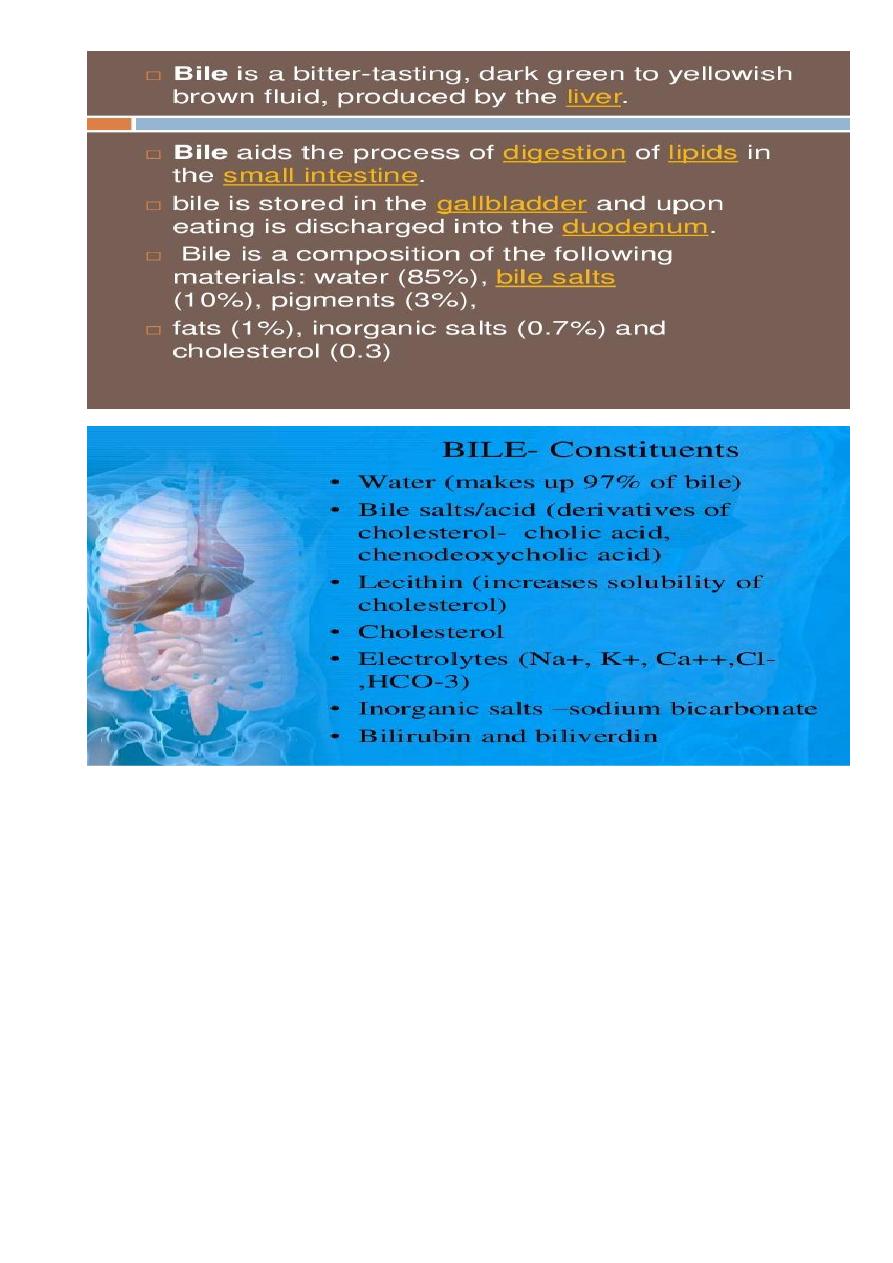
Composition of Feces: About 75% of fecal weight is made up of water. The other 25% is
composed of solid matter which contains:
Undigested fiber and solidified components of digestive juices (30%)
1-
2- Bacteria (30%)
3- Fat (10% to 20%)
4- Inorganic matter (10% to 20%)
5- Protein (2% to 3%)

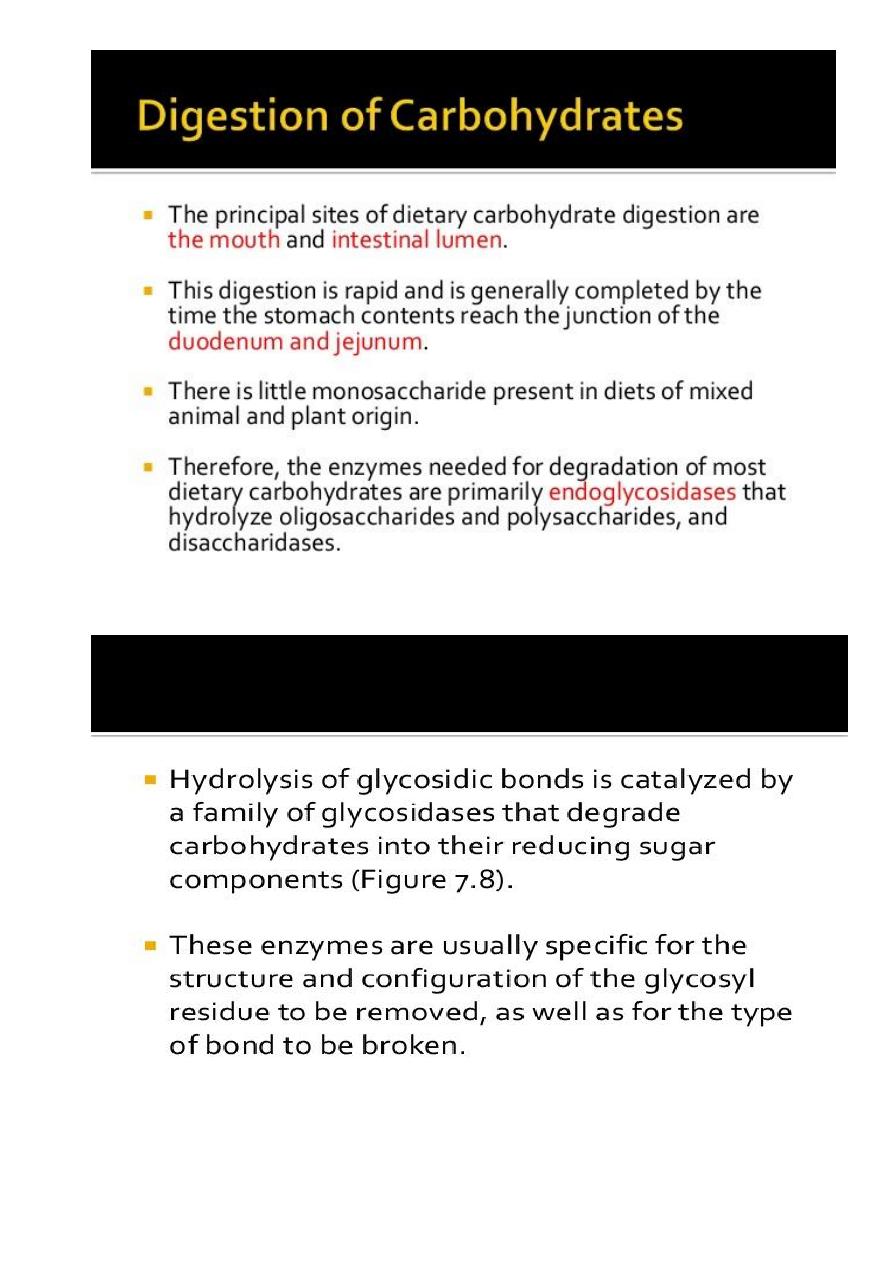
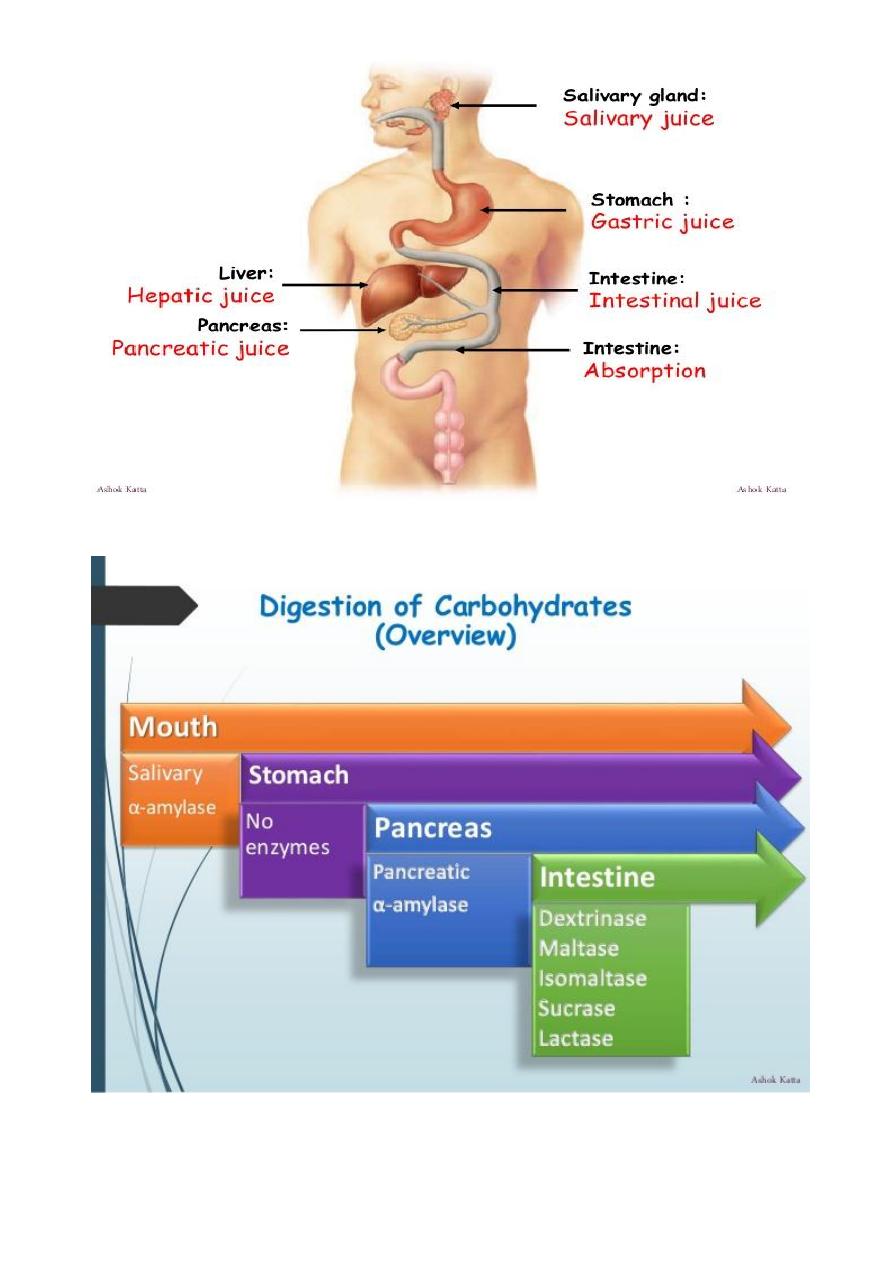
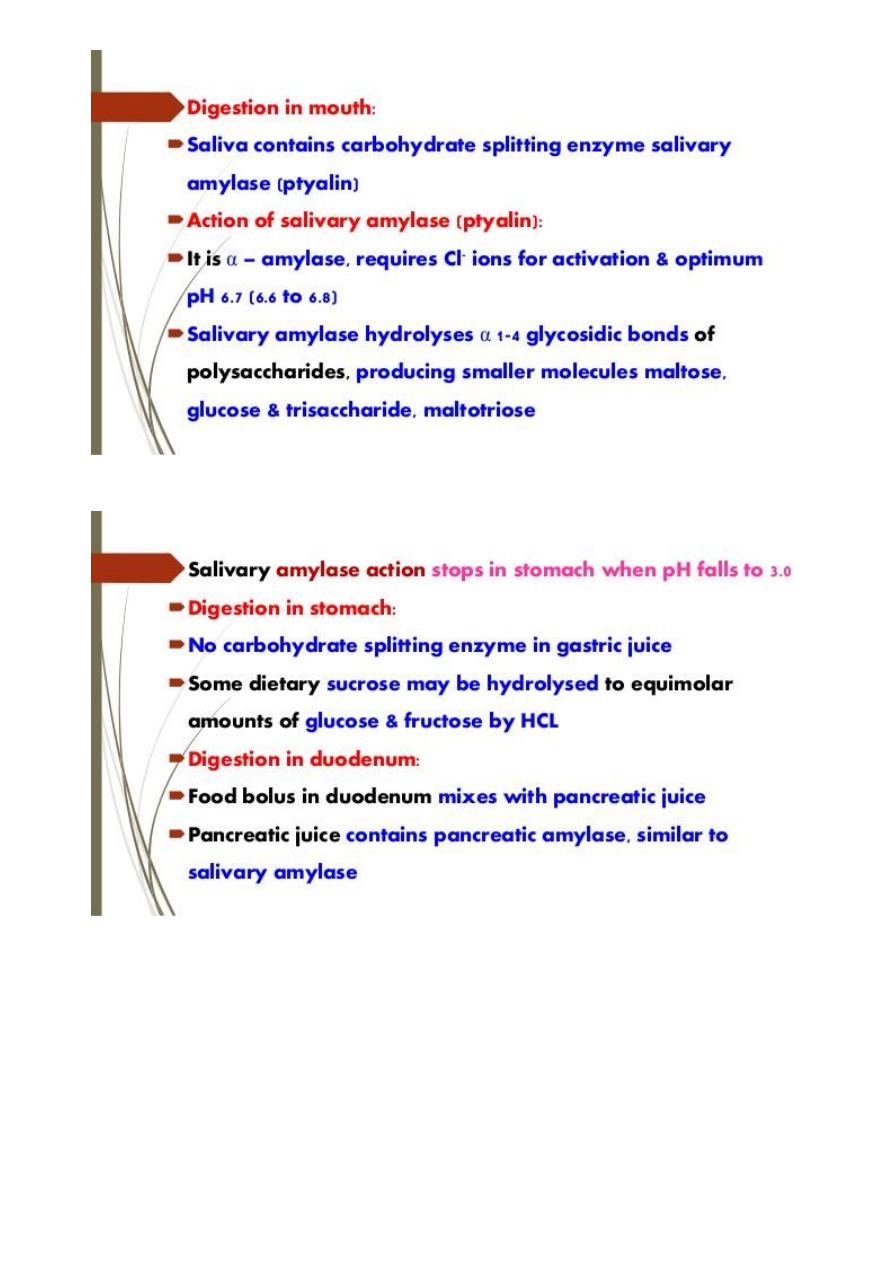
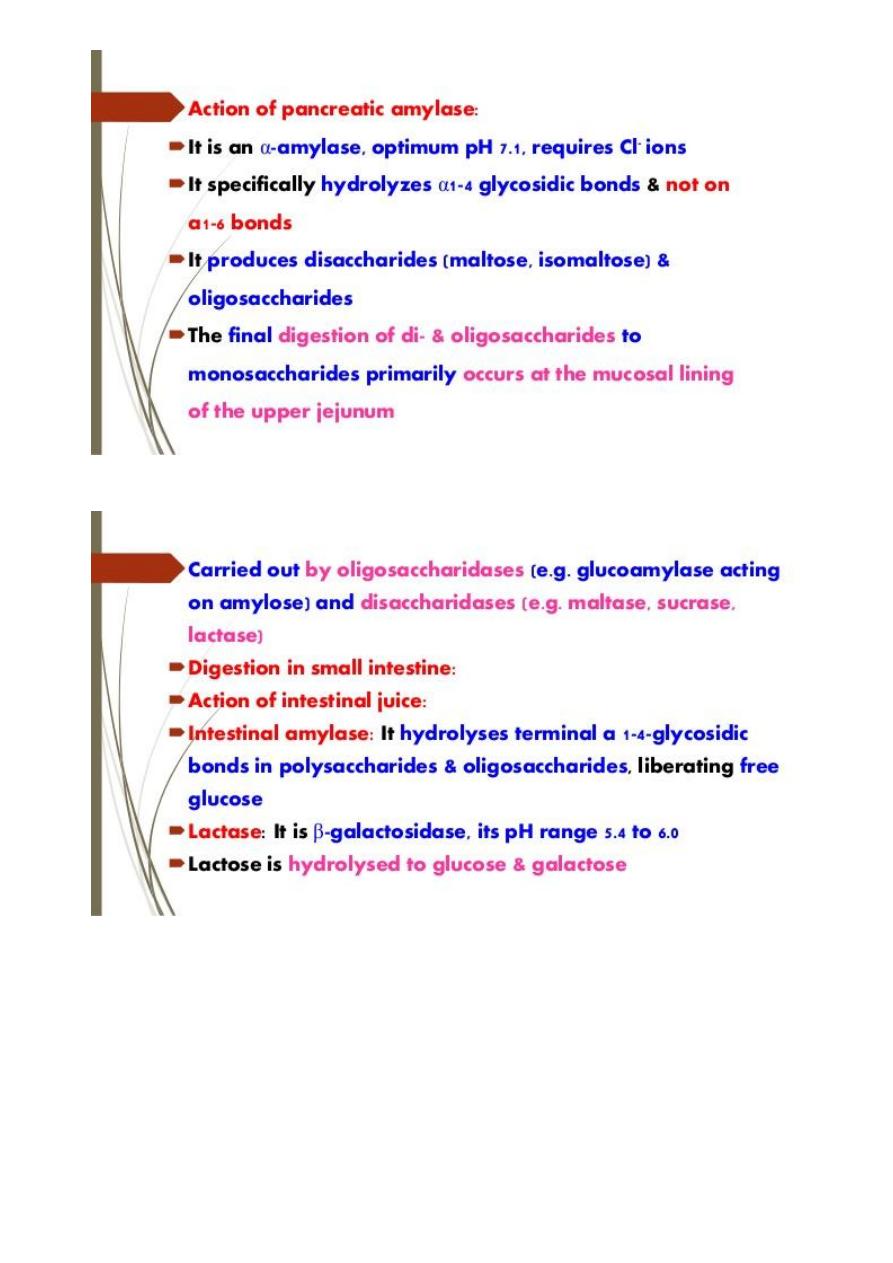
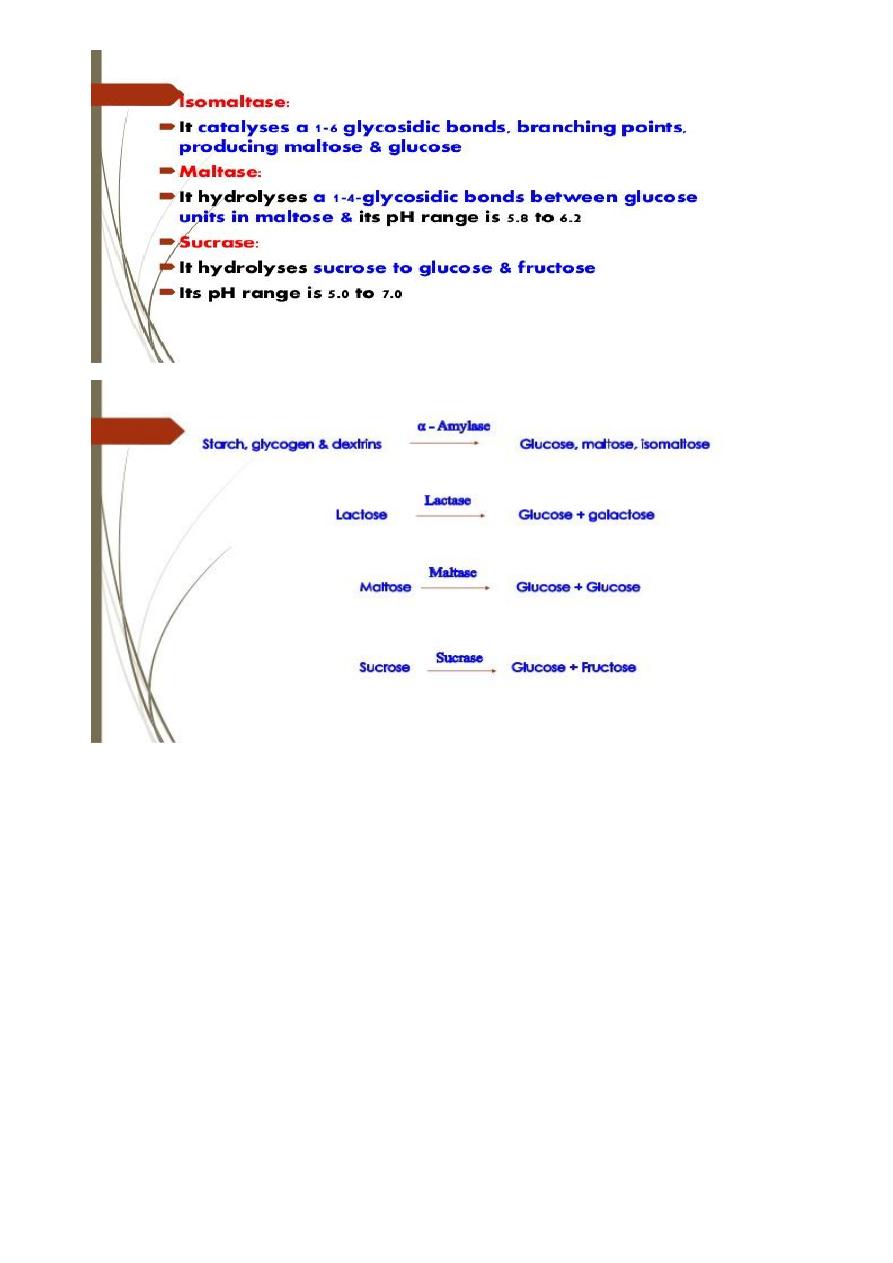
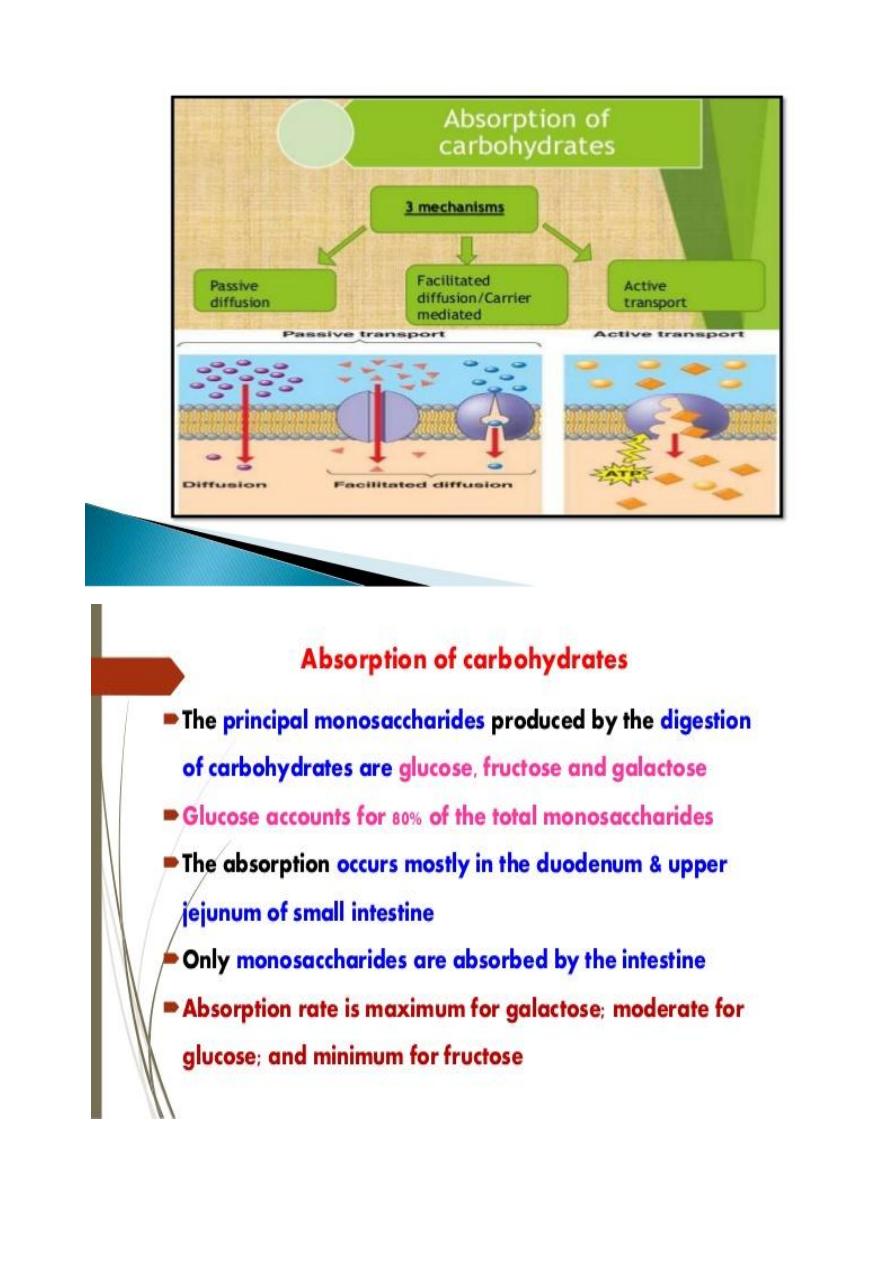
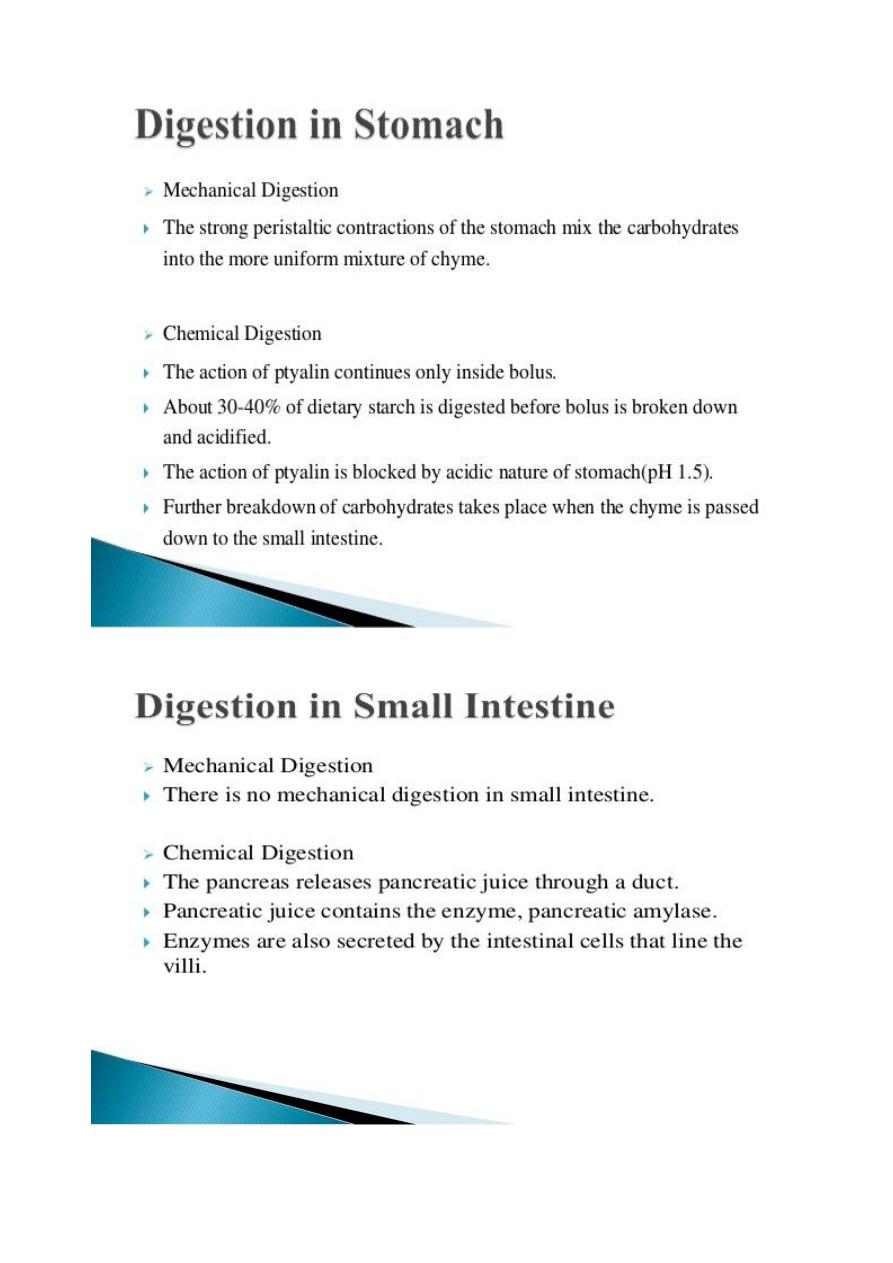
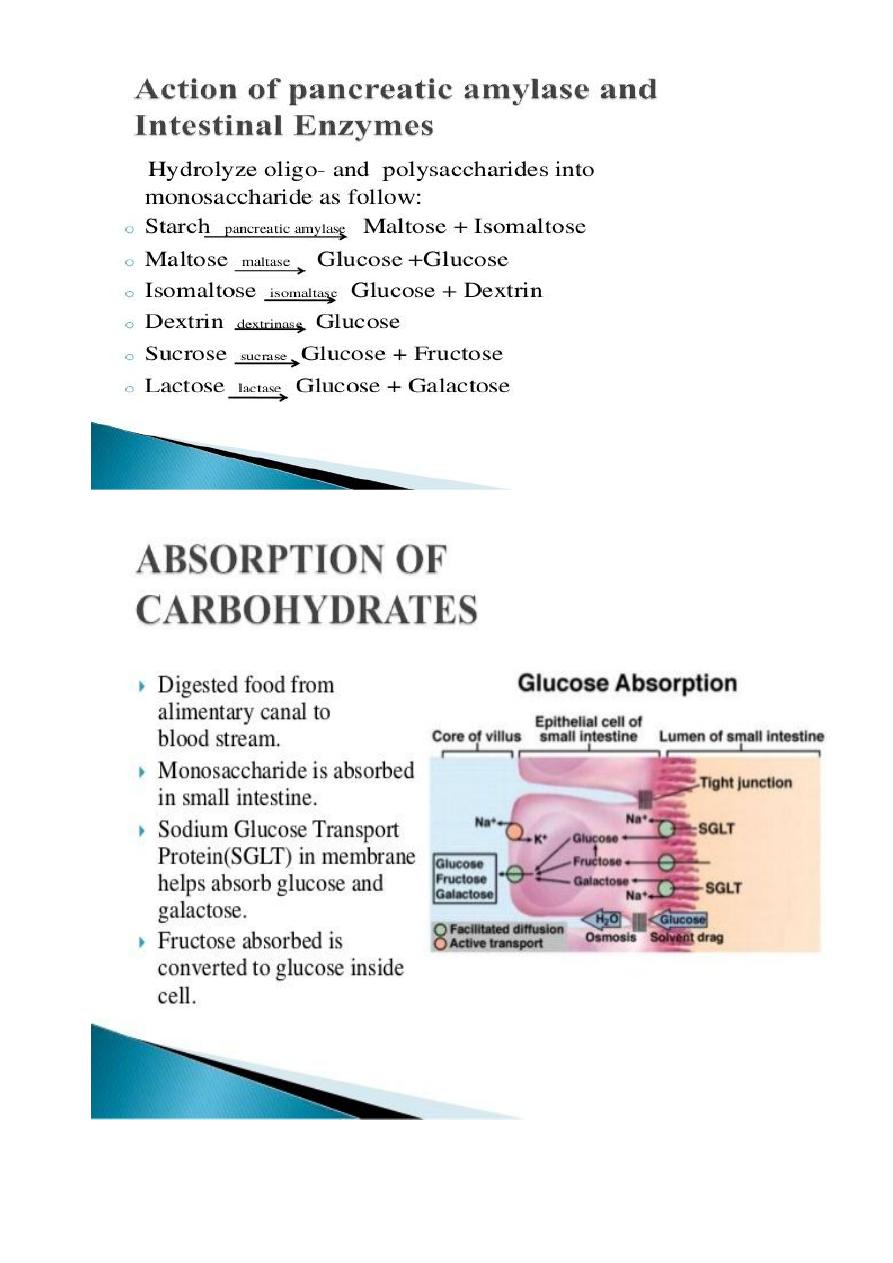
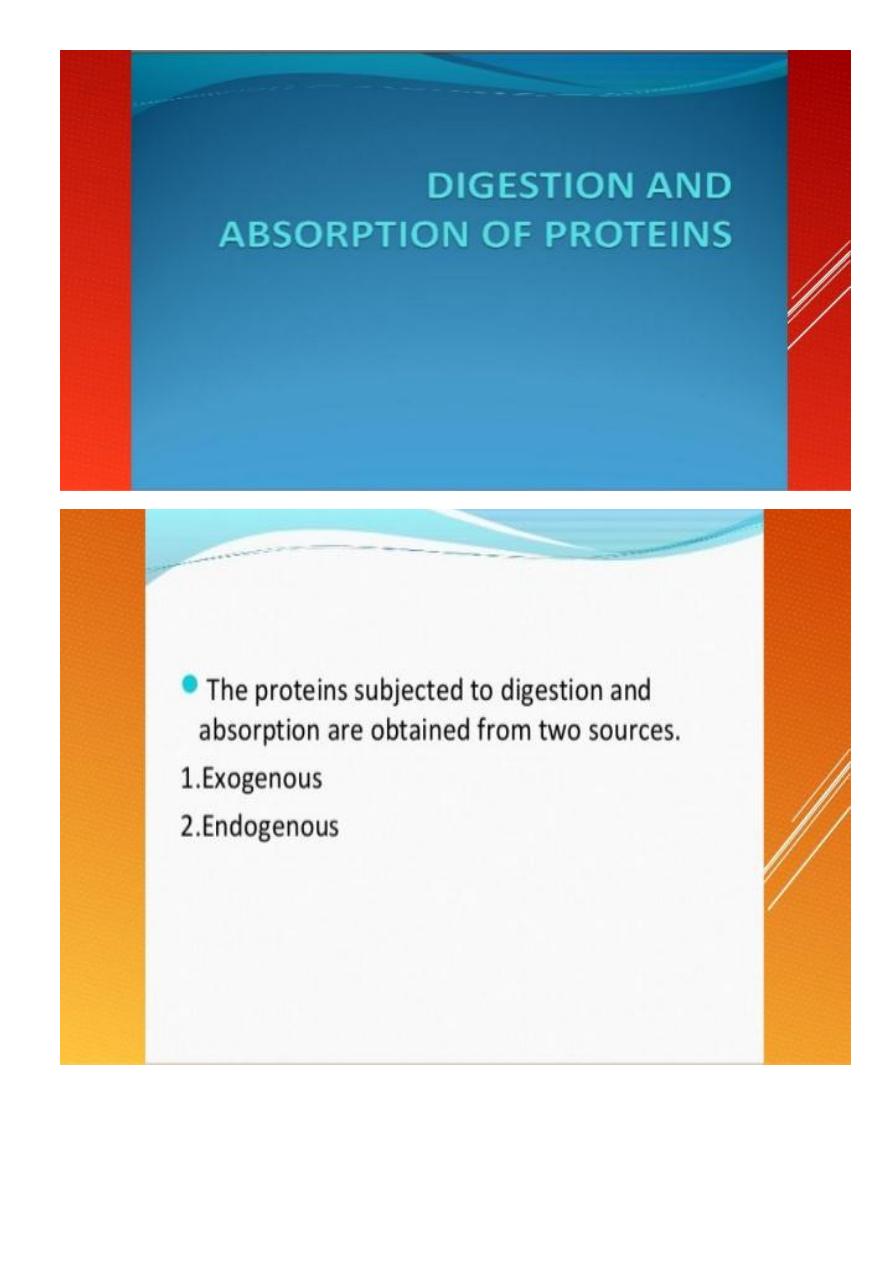
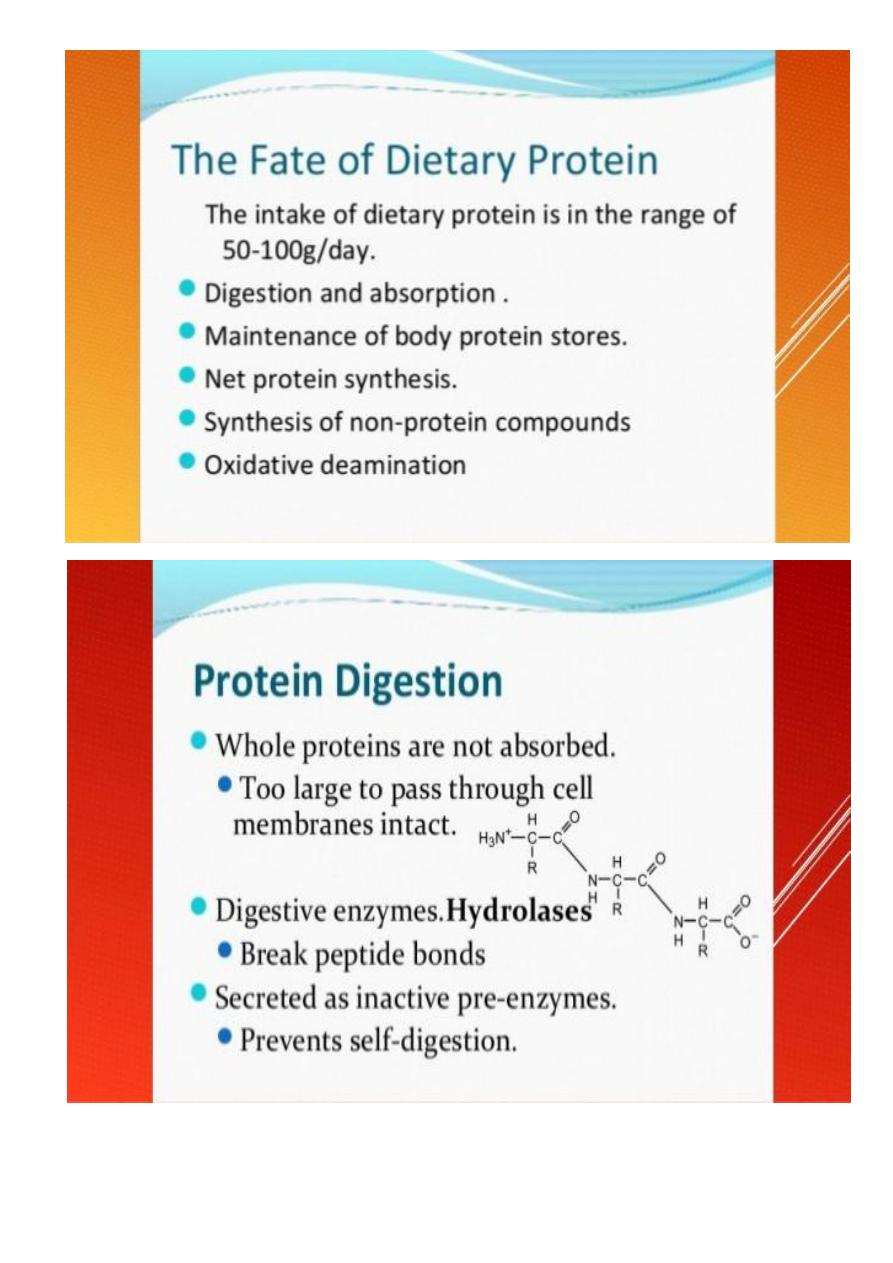
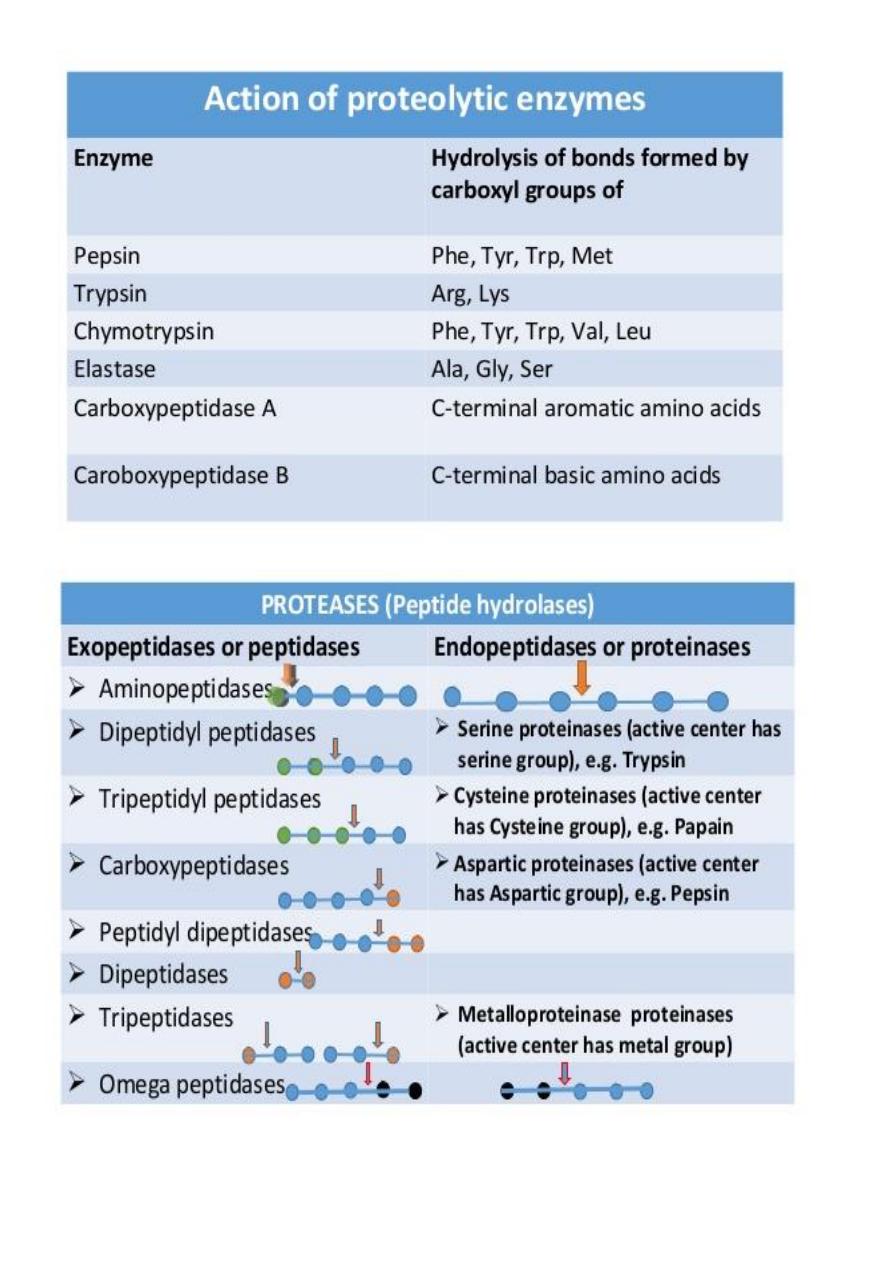
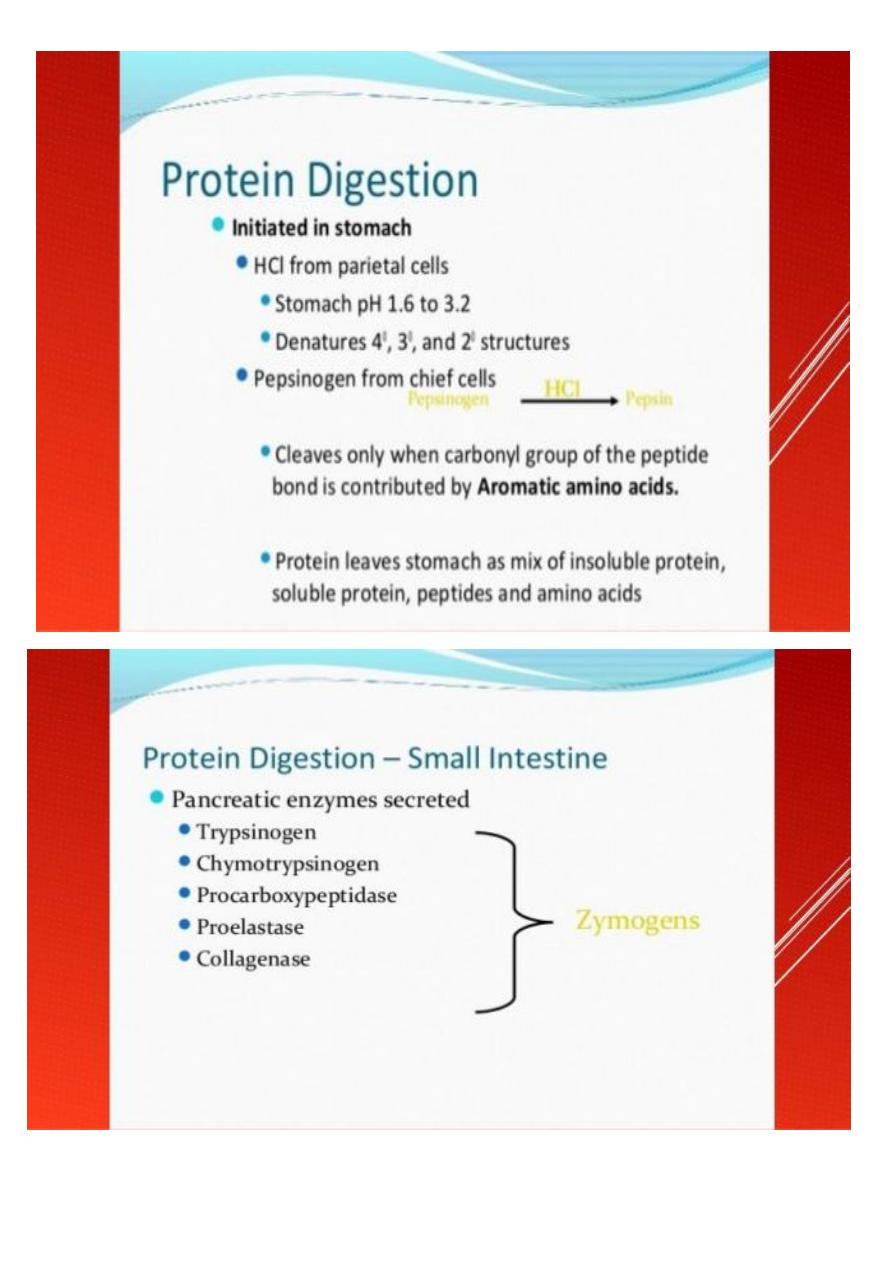
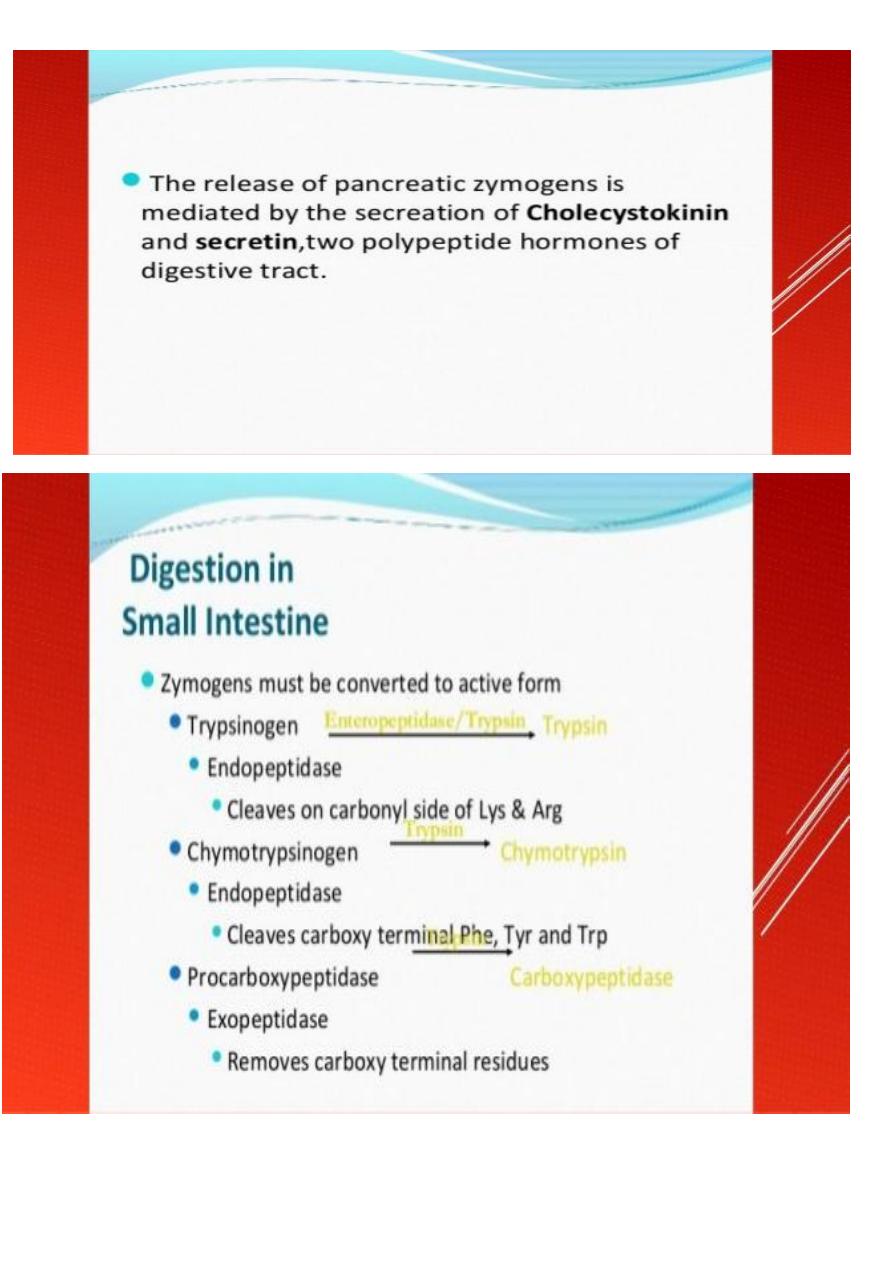
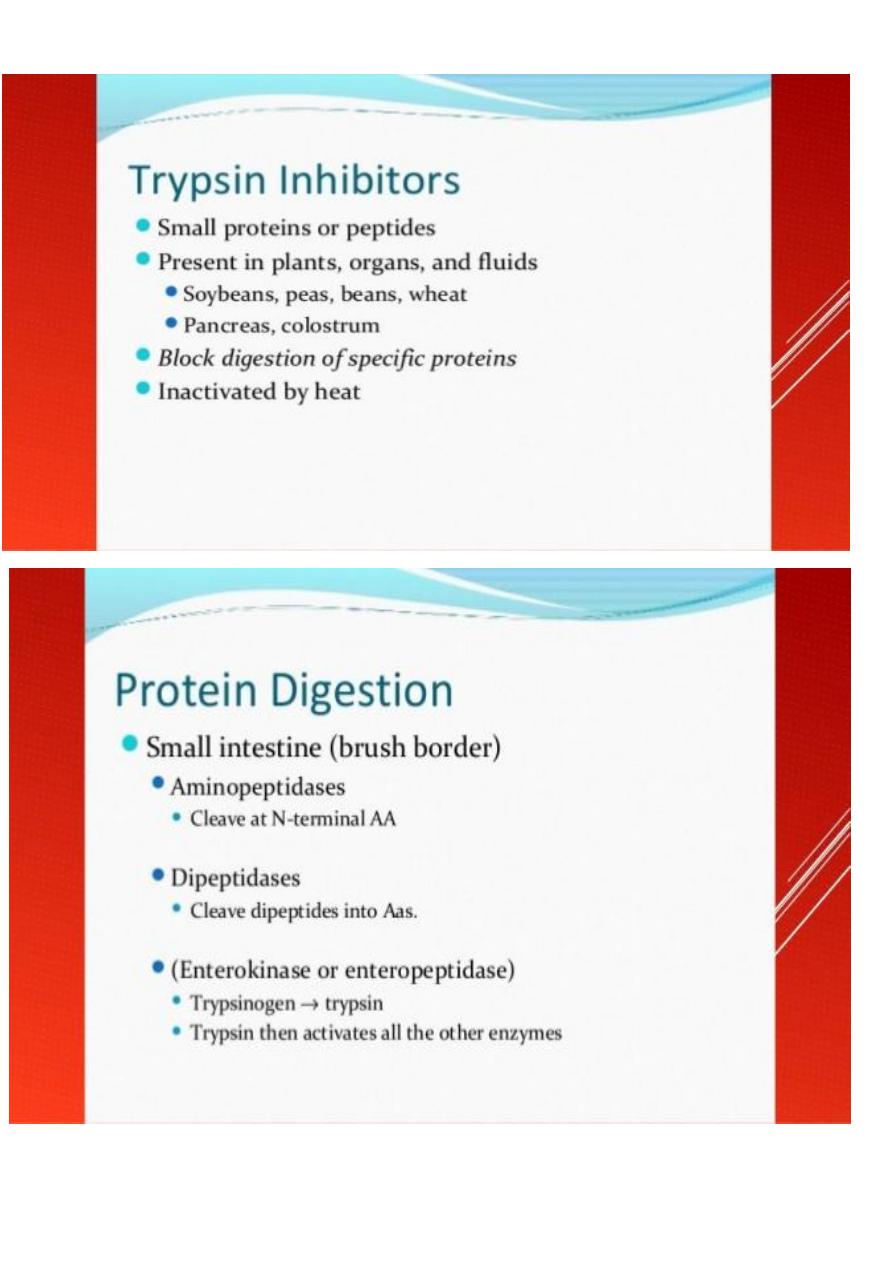
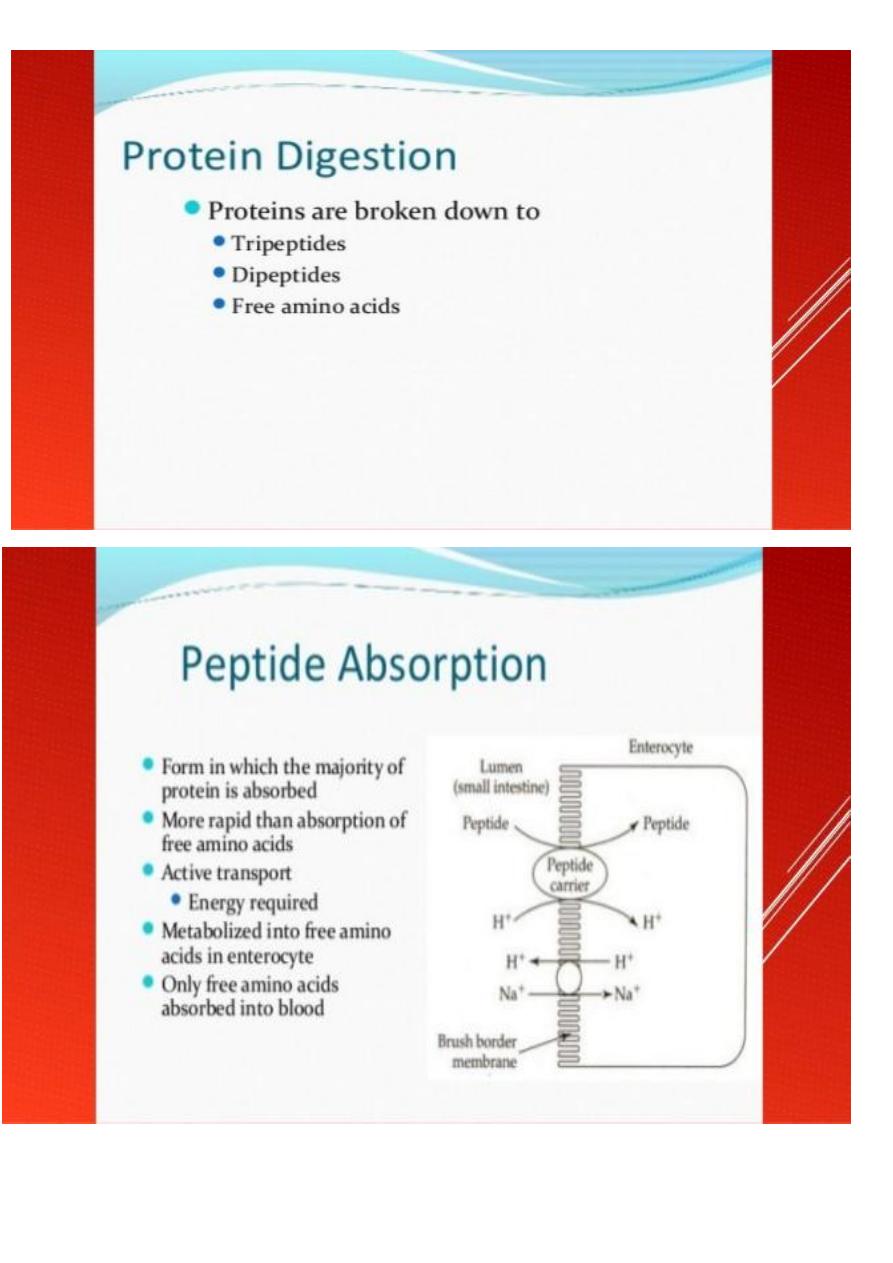
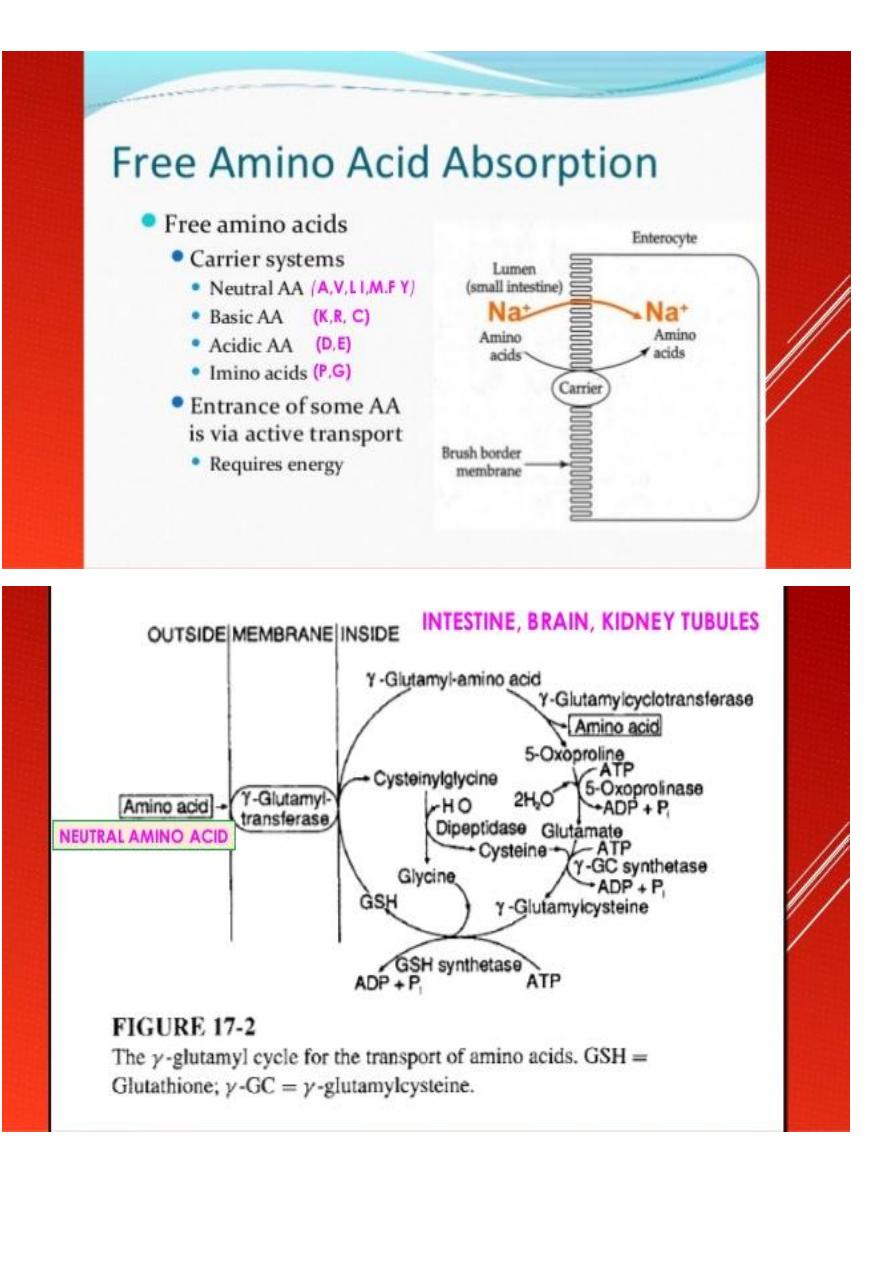
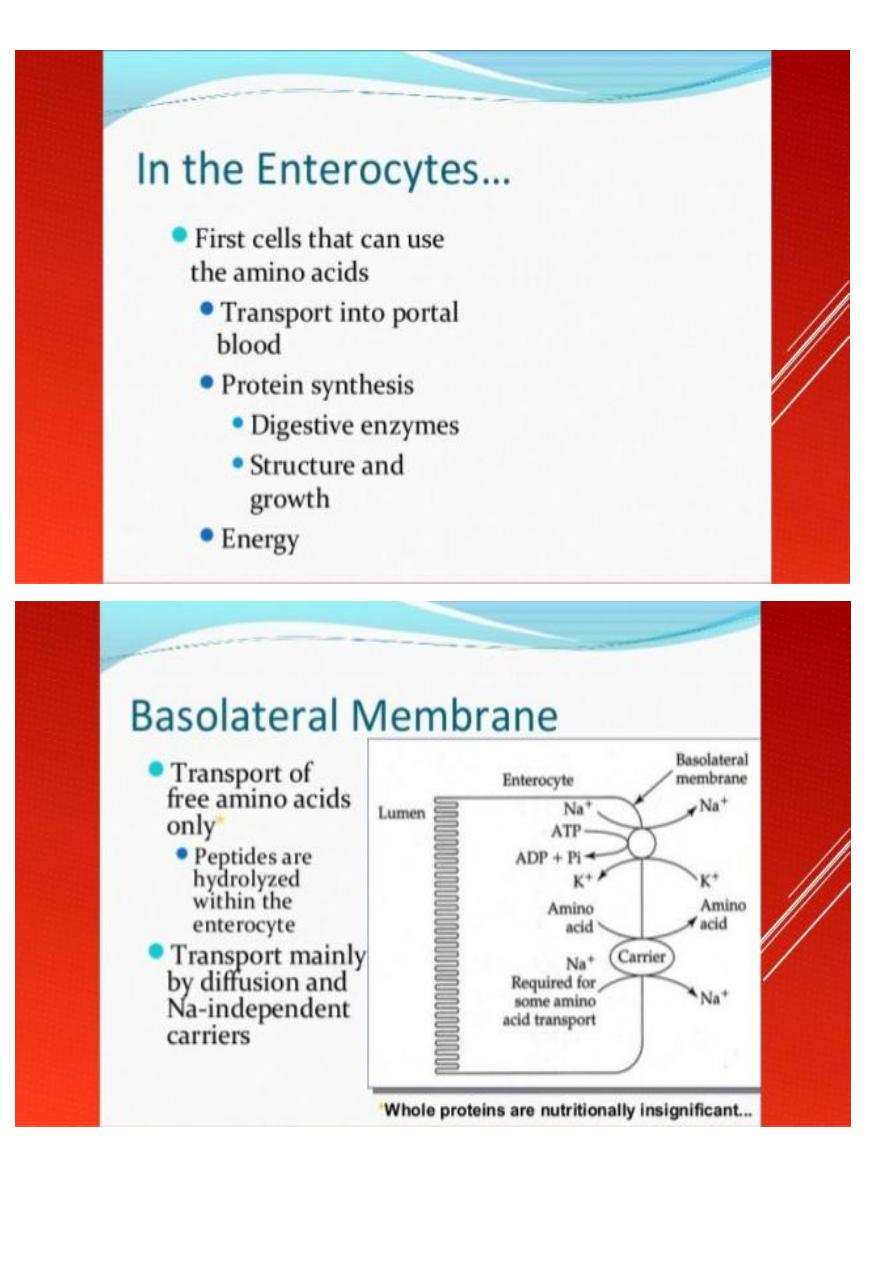
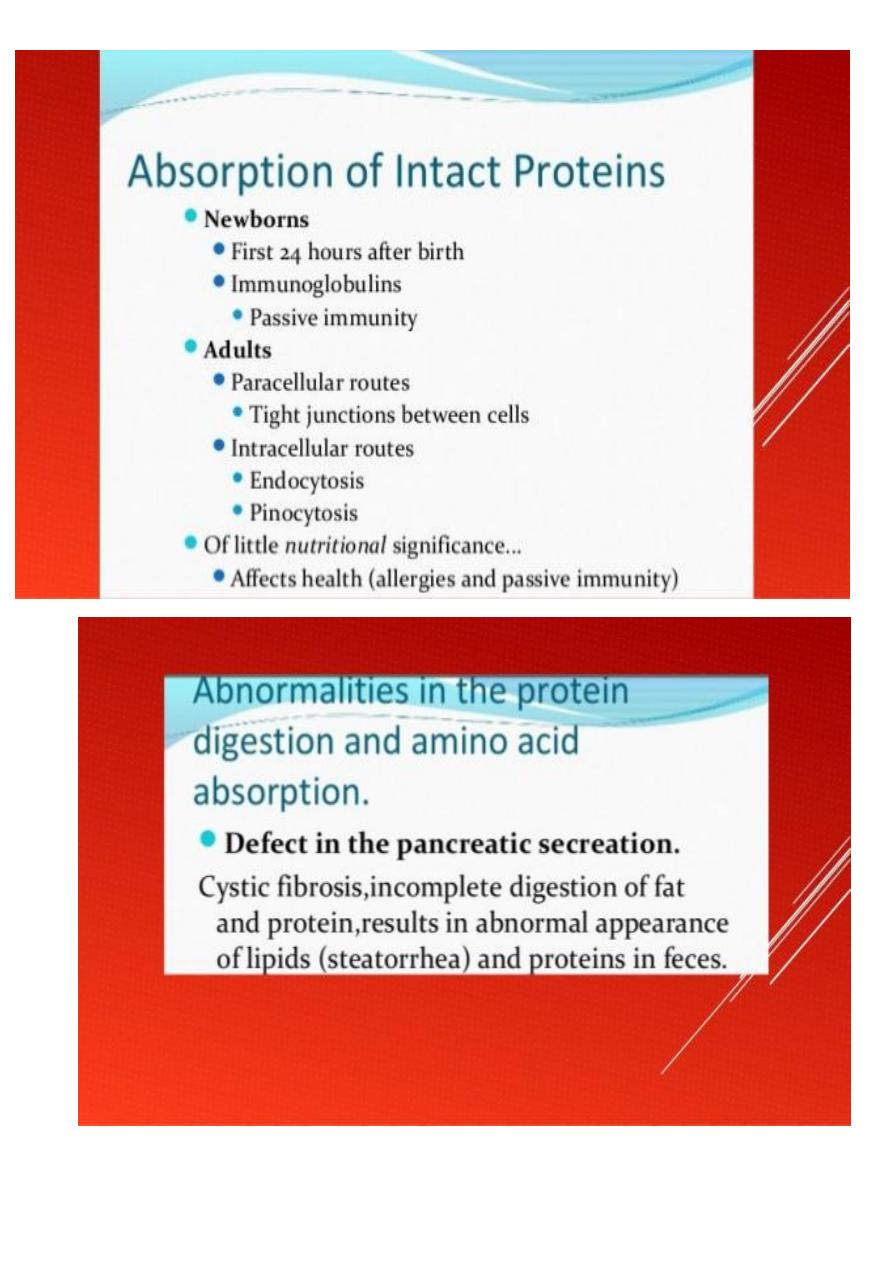
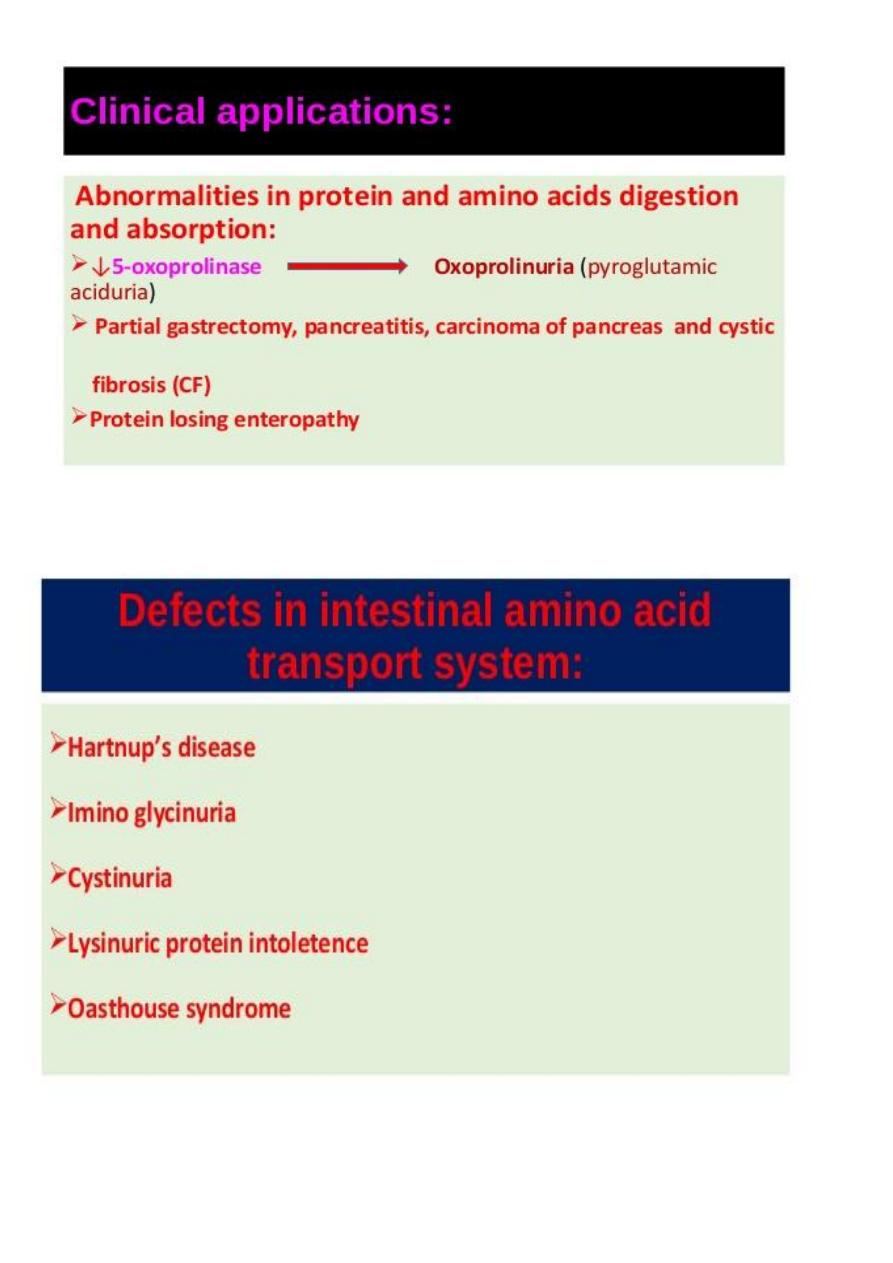
1
